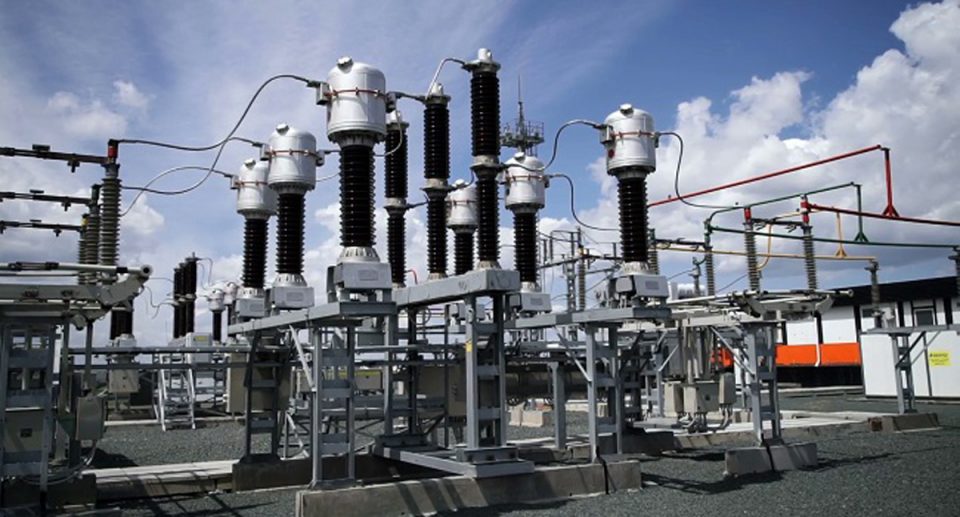Despite assurances by the Federal Government that it has taken steps to resolve on-going poor electricity supply across the country, national grid generation has remained low at 2,312.50 Megawatts.
Checks showed as at 4pm yesterday only 13 power plants were generating to the grid with most operating below capacity. Azura-Edo topped the generation chart released by the National System Operator (NSO) with 420MW.
Others were Geregu (Gas) 399MW; Jebba Hydro 334MW; Shiroro Hydro 292MW; Sapele NIPP 169.40MW; Omotosho (Gas) 121MW; Omotosho NIPP 102.50MWS; Olorunsogo (gas) 108.30MW; Trans-Amadi 85.40MW; Afam IV & V 58MW; Ihovbor NIPP 103.60MW; Paras Energy 85.40MW and Omoku 46.50MW.
On the distribution end, data from NSO showed that Ibadan DisCo had the highest load allocation with 373.69MW followed by Abuja DisCo with 312MW. Others were Benin DisCo 244.17MW; Eko DisCo 205.43MW; Enugu 269.17MW; Ikeja DisCo 294.95MW; Jos DisCo 149.22MW; Kaduna DisCo 217.04MW; Port Harcourt DisCo176.35MW and Yola DisCo 94.94MW.
Commenting on the power generation situation, the Association of Power Generation Companies (APGC) blamed poor payments to the Generation Companies (GenCos) for the low generation to the grid.
Executive Secretary, APGC, Dr. Joy Ogaji in a statement said it was critical that the Nigerian Bulk Electricity Trading Plc (NBET) pays the unutilized capacity charge to GenCos to enable them maintain their plants.
According to her, “The current practice of ignoring capacity component, presents a wrong signal to international and local investors, shatters/ negates the aim of the reform, and prejudices the GenCos ability to meet financial ratios imposed by the Lenders, and certainly reduces /erodes the Investors’ confidence in the Reforms and returns.
“This practice also negates a key pillar of the Power Sector Recovery Program, approved by the Federal Executive Council, which seeks to establish a contract-based electricity market as it restricts and undermines the robustness of the electricity market.
“In addition, it can deflate the appetite or ability of investors to invest, with detrimental long- term effect of decreasing power plant financing options.
“The Nigerian scenario represents an absurdity of sorts”.
The Head Corporate Communication, NBET, Henrietta Ighomrore explained that only GenCos with active gas supply agreement were paid for unused capacity.
She said five GenCos currently meet that standard were being paid as at when due.
“On the issue of capacity payments, the contract documents are very clear on how it is treated. All GenCos get paid for the associated capacity on energy delivered to the national grid. Only GenCos with active PPAs get full capacity payment based on their active gas contracts.
“You are well aware that active gas contracts are associated with the take and pay obligations, which come with more financial exposure and responsibilities. Nonetheless, the Regulator (NERC) has set in motion the process for partial activation of contracts in the sector, which was what necessitated the scheduled capacity test by NBET to various thermal plants around the country.
“Although, we were not able to record full participation of all GenCos, as some were either not able or showed willingness. With a better understanding of the intent, we expect full cooperation of GenCos in subsequent capacity tests of their plants. It is important to ascertain the actual capacity of our generation network to enable better planning and efficient dispatch of power within the grid network”, she stated.




